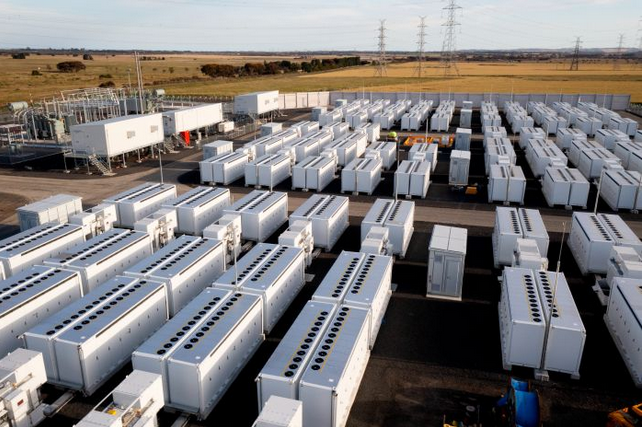An energy storage system (ESS) is a technology that stores energy for later use. It allows for the capture, conversion, and release of energy to meet specific energy demands. ESSs are crucial for the integration of renewable energy sources, such as solar and wind, into the electricity grid, as they help manage fluctuations in supply and demand.

There are various types of energy storage systems, each with its own advantages and limitations. Here are some common types:
Batteries: Battery storage systems are widely used for energy storage. They store electrical energy in chemical form and convert it back into electricity when needed. Examples include lithium-ion batteries, lead-acid batteries, and flow batteries.
Pumped Hydro Storage: Pumped hydroelectric storage systems use excess electricity to pump water from a lower reservoir to a higher reservoir. When electricity demand increases, the water is released, flowing through turbines to generate electricity.
Compressed Air Energy Storage (CAES): CAES systems store energy by compressing air and storing it in underground caverns or tanks. When electricity is needed, the compressed air is released, heated, and expanded through a turbine to generate electricity.
Flywheels: Flywheel energy storage systems store energy in a rotating flywheel. When electricity is required, the flywheel's rotational energy is converted back into electrical energy using a generator.
Thermal Energy Storage: Thermal energy storage systems store energy in the form of heat or cold. They use materials with high heat capacity to store excess thermal energy, which can be released later for heating or cooling applications.
Supercapacitors: Supercapacitors, also known as ultracapacitors, store energy electrostatically rather than chemically, allowing for rapid charging and discharging cycles. They are often used in applications that require high power bursts.
Hydrogen Storage: Hydrogen can be produced through electrolysis or other methods and stored for later use. Hydrogen can be converted back into electricity through fuel cells when needed.
Energy storage systems play a crucial role in grid stabilization, load shifting, peak shaving, and backup power supply. They can enhance the reliability, efficiency, and resiliency of electricity grids and enable the integration of intermittent renewable energy sources, reducing reliance on fossil fuels and contributing to a more sustainable energy future.
Next:Advantages of Battery Energy Storage Systems
Previous:What renewable energy storage systems are being developed?